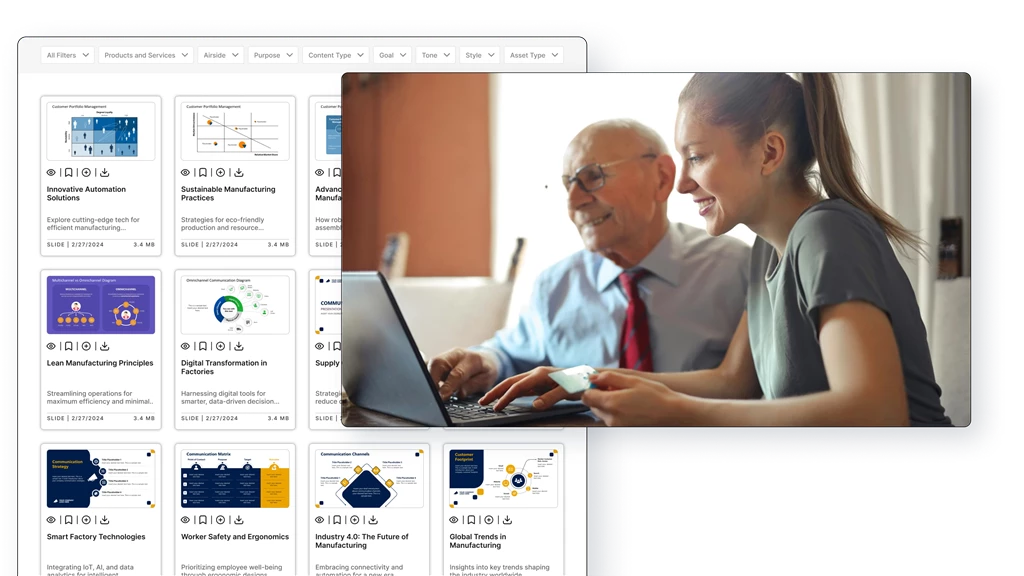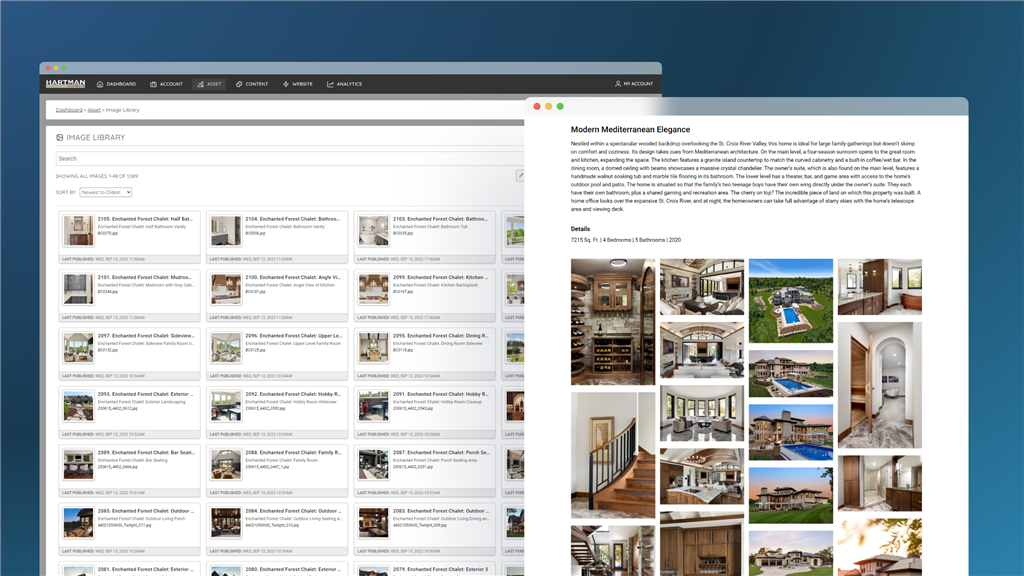1. Optimize for Mobile
More than half of all web traffic comes from mobile devices, so ensuring your website is mobile-friendly is crucial. Responsive design automatically adjusts your site's layout to fit different screen sizes, creating a seamless experience for users across devices.
How to do it: Check your website’s appearance on various mobile devices. Adjust elements that look cluttered, and make sure buttons and links are easy to click on a small screen. Tools like Google’s Mobile-Friendly Test can help identify areas for improvement.
2. Make Navigation Simple and Intuitive
If users can’t find what they’re looking for quickly, they’re likely to leave. Streamlining your site’s navigation not only enhances the user experience but also improves SEO, as search engines favor sites that are easy to navigate.
How to do it: Keep your navigation menu concise and organized. Use clear labels for each page and make popular sections (like your “Contact” and “Services” pages) easy to access. Limit the number of menu options to 5-7 items to avoid overwhelming visitors.
3. Use High-Quality Visuals
Images and videos grab attention faster than text alone and can effectively convey your brand’s personality and message. Including visuals on your pages can improve engagement and increase time spent on your site.
How to do it: Use high-quality photos, videos, and graphics that are relevant to your brand and message. Stock images are an option, but unique, branded visuals can have a stronger impact. Also, consider adding short, engaging videos to key pages to draw users in.
4. Add Calls-to-Action (CTAs) That Stand Out
A clear, well-placed call-to-action (CTA) guides visitors to take specific actions, like signing up for a newsletter, requesting a quote, or purchasing a product. CTAs are critical for conversions, yet they’re often overlooked.
How to do it: Place CTAs strategically throughout your site, especially on high-traffic pages. Use action-oriented language and make your CTAs visually distinct by using contrasting colors, larger buttons, or unique shapes. Test different placements and designs to see what resonates best with your audience.
5. Refresh Content Regularly
Fresh content signals to both visitors and search engines that your website is active and up-to-date. Updating your site’s content can also keep visitors engaged, as they’ll find new information each time they visit.
How to do it: Regularly update your blog, product descriptions, case studies, or news section. Set a goal to add new content at least once a month, and don’t hesitate to refresh existing content by adding new details, statistics, or visuals.
6. Improve Page Load Speed
A slow website frustrates users and can lead to a high bounce rate. Search engines also prioritize fast-loading sites, meaning that improving your load speed can positively impact your site’s ranking.
How to do it: Compress large images, use lazy loading for visuals, and remove unnecessary plugins. Tools like Google PageSpeed Insights can help identify specific elements slowing down your site and offer tips for improvement.
7. Incorporate User-Generated Content
User-generated content (UGC), such as reviews, testimonials, or photos submitted by customers, builds trust and gives potential customers insight into real experiences with your brand.
How to do it: Create a section on your website for reviews and testimonials, or integrate social media feeds showcasing customer posts. Consider adding a review form on product pages, or encourage users to tag your brand on social media for a chance to be featured on your website.
8. Use Interactive Elements
Interactive elements like polls, quizzes, calculators, and forms can make your website more engaging by encouraging visitors to participate. Interactive content also keeps users on your site longer, which can help improve SEO.
How to do it: Add a short quiz to your site to help visitors find the right product or service for their needs, or use a simple calculator tool if your business offers services with variable pricing. Make sure that any interactive elements you add are easy to use on mobile.
9. Add Live Chat or Chatbot Support
Live chat and chatbots offer instant support and can help answer visitors' questions, increasing the likelihood they’ll convert. Providing real-time assistance also makes visitors feel more valued and builds trust with your brand.
How to do it: Implement a live chat feature or chatbot on key pages like your homepage, product pages, and contact page. Many chat tools allow for basic chatbot setup, which can handle common questions and pass more complex queries on to a human representative.
10. Simplify Your Forms
Forms are essential for gathering information from your visitors, but lengthy, complicated forms can deter people from completing them. Simplifying your forms makes it easier for users to get in touch or sign up, which can increase engagement and conversions.
How to do it: Limit the number of fields to essential information only. If you’re collecting more detailed information, consider breaking the form into multiple steps or pages to avoid overwhelming visitors. Ensure your forms are optimized for mobile and easy to fill out on a smaller screen.



